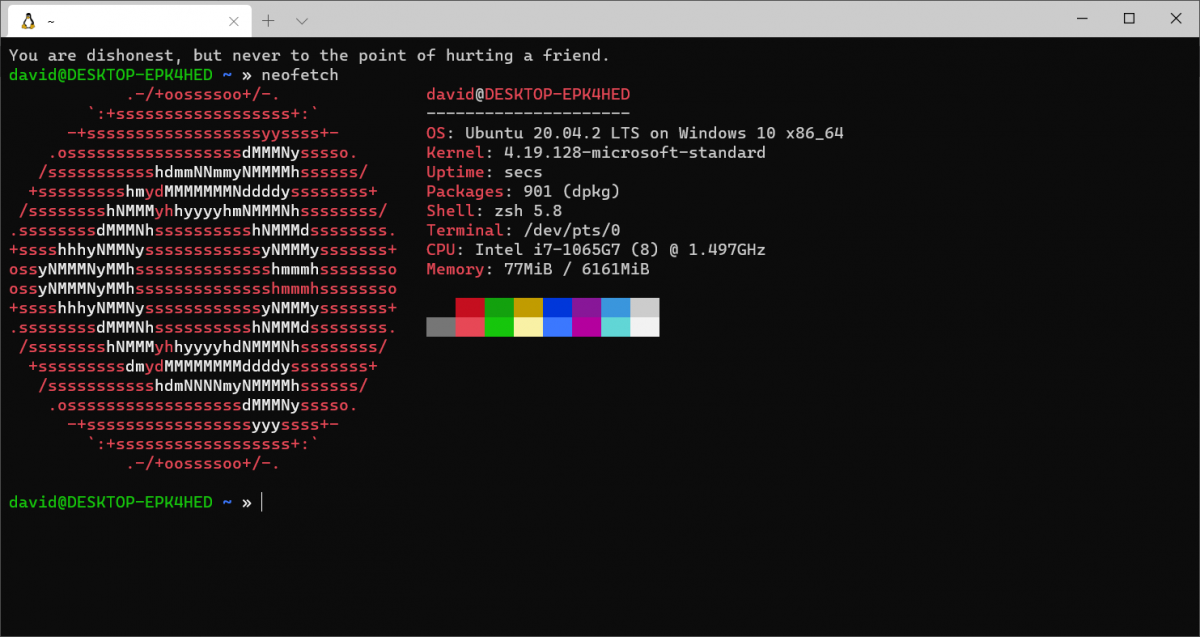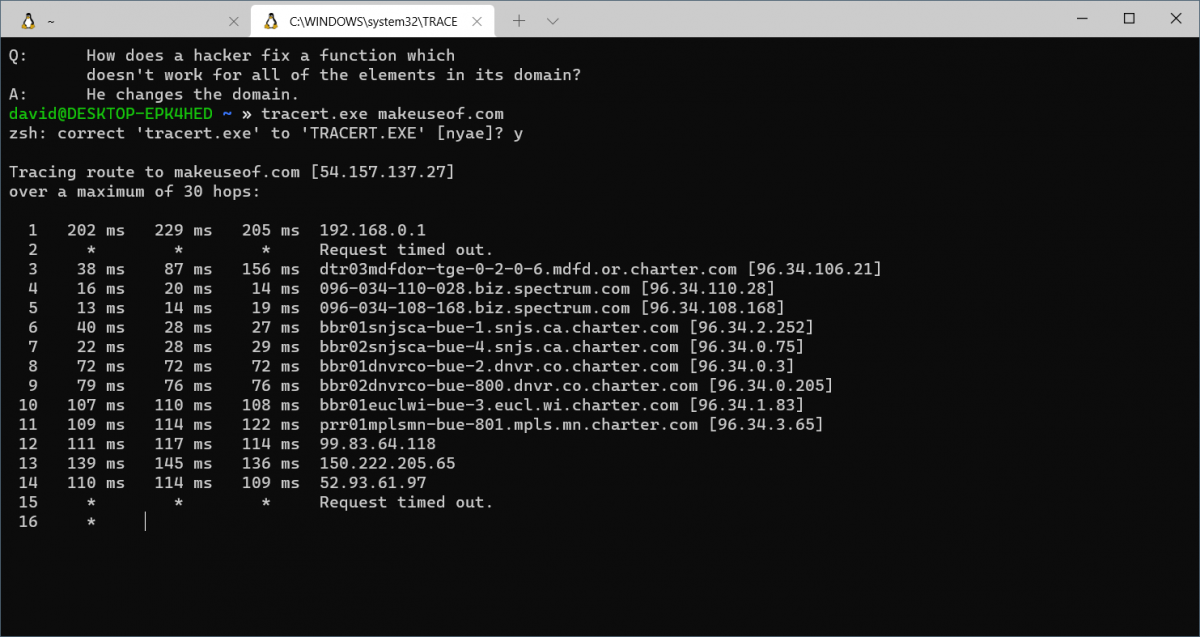In the past, if you were a Windows user curious about Linux, the only way you could check out a Linux distro was to use a live CD or install a dual-boot system. With Microsoft's Windows Subsystem for Linux (WSL), you can run Windows and Linux at the same time.
While the use cases of a fully installed Linux distribution are much better than Windows Subsystem for Linux, WSL still remains a better choice for Windows users who only want the Linux command line for their tasks. If you're Linux-curious, here's why you should check out Windows Subsystem for Linux.
1. Easy to Install
If you're a first-time Linux user, WSL is quite attractive because it's easy to install compared to the traditional Linux installation methods. You don't have to repartition your hard drive or figure out how to burn ISO images to a CD or a thumb drive. And the best part, you can't accidentally render your system unusable through some configuration error.
Even though desktop Linux has improved over the years, hardware drivers are still a sticking point when trying out Linux. There always seems to be some device that's unsupported in Linux but works fine on Windows. This is because hardware manufacturers write drivers for Windows as they know most people use that platform on their desktop, while Linux drivers are mostly written by volunteers.
Installing WSL is a matter of a few clicks and some PowerShell commands. Microsoft has more detailed instructions for installing WSL on a Windows machine.
2. Open Source Tools Assume Linux Environment
Open-source software powers the modern IT environment, from the Apache webserver to the MariaDB database and the Python scripting language. All of these were incubated on Unix and Linux systems.
While it's been possible to run these programs on Windows, it has been awkward to install them and get them to run correctly in the past because open source developers tend to assume their software will run on Linux. While this is mostly true on the server-side, the vast majority of desktop systems still run Windows. This was the impetus behind Microsoft's creation of Windows Subsystem for Linux.
Many web developers work with open source projects and Microsoft wanted them to be able to develop and test their apps on Windows.
If you want to learn to code, it's best for these reasons to become familiar with Linux and Unix concepts, and WSL is a good place to start.
3. Familiar Environment
If you're considering learning Linux, you might find the prospect of a new environment daunting. Sure, there are desktop environments like GNOME, KDE, and Xfce that look familiar to any Windows user, but you'll still need to learn a new environment and applications. Everything works differently, and it can take some time to get comfortable with the workflow.
With Windows Subsystem for Linux, you'll have your familiar Windows interface and programs along with a powerful new Linux environment to explore. Linux concepts are quite different than Windows concepts, and that bit of familiarity will make the learning curve shallower.
4. Easy Windows Integration
Since Windows Subsystem for Linux allows Linux and Windows to run at the same time, it offers opportunities for integration between the two platforms.
You can launch Linux and Windows programs from each other's command lines. You might want to run Windows' tracert command in Linux to troubleshoot your network while debugging a Python script you wrote in Linux from the PowerShell. You can do that while browsing the Linux filesystem in Windows Explorer.
These things are more difficult to do with a virtual machine and almost impossible to do with a dual-boot system. It's this flexibility that makes using WSL a no-brainer for people who are new to Linux. These features might also attract people who are more experienced with Linux as well.
Learn Linux on Your Windows System!
One nice thing about Linux culture is that it's been easy to try Linux out while not having to give up your tried-and-true Windows applications or set up dual-booting and virtual machines.
WSL might seem like a major reversal from Microsoft, which under Steve Ballmer was antagonistic towards Linux in the '00s, but WSL fits firmly in this tradition of Windows and Linux interoperability. Did you know you can enhance your Windows Subsystem for Linux experience with only a few tweaks and configurations?



